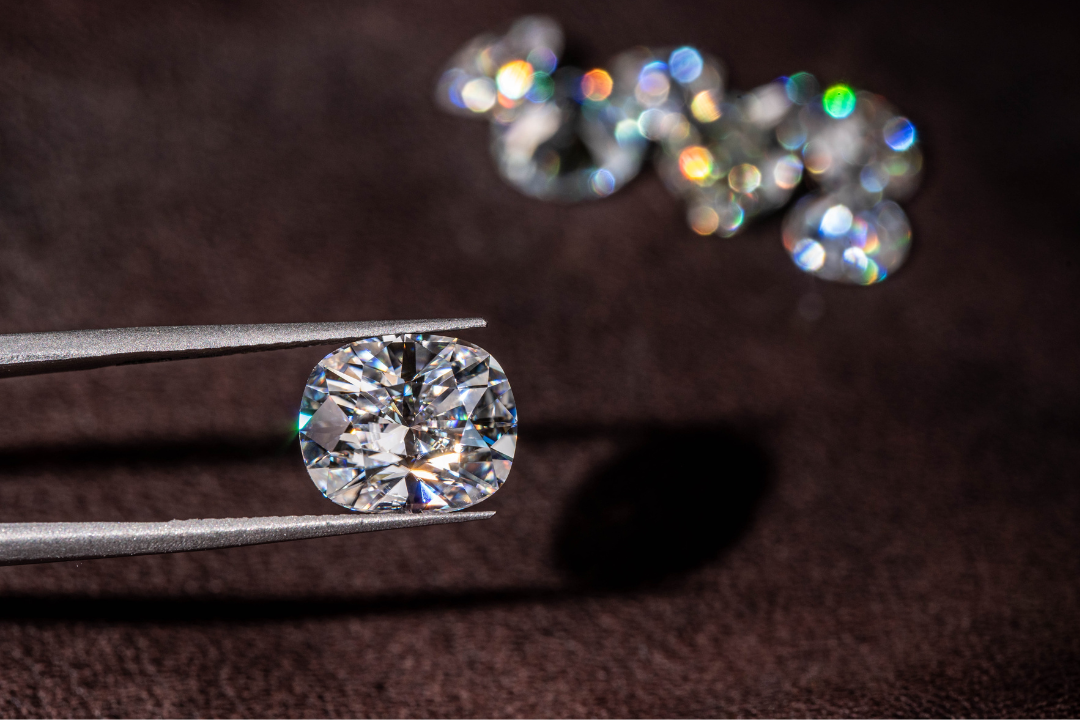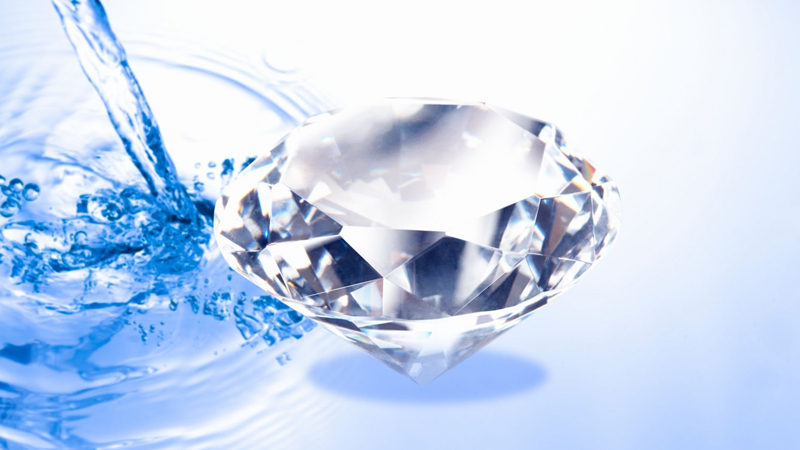When it comes to selecting a diamond, understanding what does diamond cut mean is essential. Diamond cut plays a significant role in the stone’s overall beauty, brilliance, and value. Whether you’re considering natural diamonds or lab-grown diamonds, the cut determines how the diamond interacts with light and showcases its sparkle.
Lab-grown diamonds are a revolutionary alternative to mined diamonds, offering ethical and sustainable options for consumers. In this guide, we’ll explore the importance of diamond cut and why it matters, particularly for lab-grown diamonds.
Understanding Diamond Cut: More Than Just Shape
When people ask, “what does diamond cut mean?” many mistakenly assume it refers to the diamond’s shape, such as round, princess, or oval. However, the cut actually refers to how well a diamond’s facets are proportioned, shaped, and polished to enhance its ability to reflect light. This characteristic is particularly vital for lab-grown diamonds because their quality relies heavily on precision cutting.
The cut affects three main aspects of a diamond: brightness, fire, and scintillation. Brightness refers to the white light reflected from a diamond, fire describes the dispersion of light into colors, and scintillation is the sparkle you see when the diamond moves. In lab-grown diamonds, an expertly crafted cut ensures these features are optimized for maximum brilliance.
The Science Behind Diamond Cut
To understand what does diamond cut mean in-depth, it’s essential to know that a diamond’s cut is graded by professionals based on its proportions, symmetry, and polish. These elements come together to form a diamond that captivates with its beauty. This is equally important for lab-grown diamonds, which are grown in controlled environments and require meticulous cutting to highlight their unique characteristics.
Lab-grown diamonds often have fewer inclusions and impurities compared to lab grown diamonds, making their cut even more impactful. A well-cut diamond can make lab-grown options indistinguishable from their natural counterparts to the untrained eye, offering exceptional value for consumers.
Why Cut Quality Matters for Lab-Grown Diamonds
When shopping for diamonds, many buyers focus on carat weight, color, and clarity. However, overlooking the cut is a mistake, especially for lab-grown diamonds. So, what does diamond cut mean in practical terms? It’s the factor that defines whether the diamond looks dull or dazzling, regardless of its other attributes.
Lab-grown diamonds are already a more sustainable choice, and a perfect cut ensures they shine just as brilliantly as mined diamonds. A poorly cut lab-grown diamond may fail to reflect light properly, diminishing its beauty and appeal. That’s why cut quality is a non-negotiable factor for anyone looking to invest in a lab-grown diamond.
The Ideal Diamond Cut for Maximum Sparkle
Now that you understand what does diamond cut mean, let’s discuss the ideal cuts for maximum sparkle. Round brilliant cuts are often considered the best for showcasing a diamond’s brilliance. For lab-grown diamonds, the round brilliant cut remains a top choice because it maximizes light performance and hides inclusions effectively.
Other popular cuts include princess, cushion, and emerald, each offering a distinct aesthetic. For lab-grown diamonds, these cuts must be executed with precision to bring out the gem’s inherent qualities. Choosing a high-quality cut ensures that your lab-grown diamond stands out for all the right reasons.
Comparing Lab-Grown Diamonds and Natural Diamonds
The question of what does diamond cut mean applies to both natural and lab-grown diamonds, but lab-grown options often have an edge. Lab-grown diamonds are created under controlled conditions, which means they can be produced with fewer flaws. This precision allows cutters to focus more on achieving the perfect cut rather than compensating for natural imperfections.
In terms of affordability, lab-grown diamonds are typically less expensive than mined diamonds of comparable quality. This cost-effectiveness enables buyers to prioritize a superior cut without exceeding their budget. Whether you’re drawn to the ethical benefits or the aesthetic appeal, lab-grown diamonds offer unparalleled value when paired with an excellent cut.
Tips for Selecting the Best Lab-Grown Diamond
Understanding what does diamond cut mean is only the first step in choosing a diamond. When selecting a lab-grown diamond, consider the following tips to ensure you get the best value:
- Look for Excellent or Ideal Cut Grades: Lab-grown diamonds with these grades will reflect light beautifully and provide maximum brilliance.
- Verify Certification: Ensure your diamond comes with a reliable certification, such as from GIA or IGI, detailing the quality of the cut.
- Examine the Sparkle: A well-cut lab-grown diamond should dazzle under any lighting conditions.
By focusing on these factors, you can find a lab-grown diamond that perfectly balances quality, beauty, and cost.
Conclusion: Why Diamond Cut Matters
In conclusion, understanding what does diamond cut mean is crucial when choosing a diamond, especially lab-grown diamonds. The cut determines the gem’s brilliance, fire, and overall allure, making it one of the most important aspects of diamond selection.
Lab-grown diamonds offer a modern, ethical alternative to mined diamonds, but their true beauty shines only when the cut is perfect. By prioritizing a high-quality cut, you can enjoy a dazzling diamond that represents sustainability, elegance, and exceptional value.




